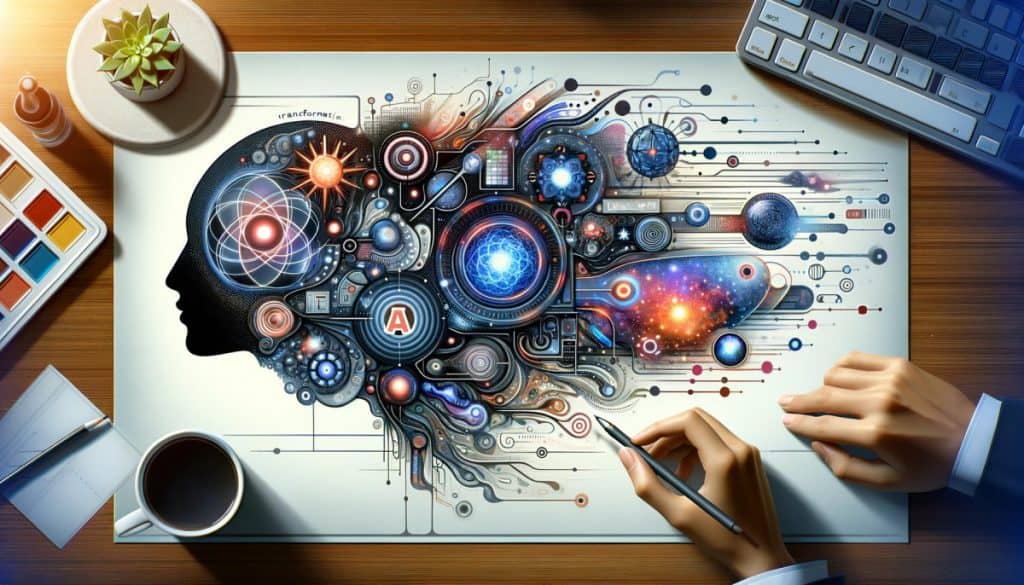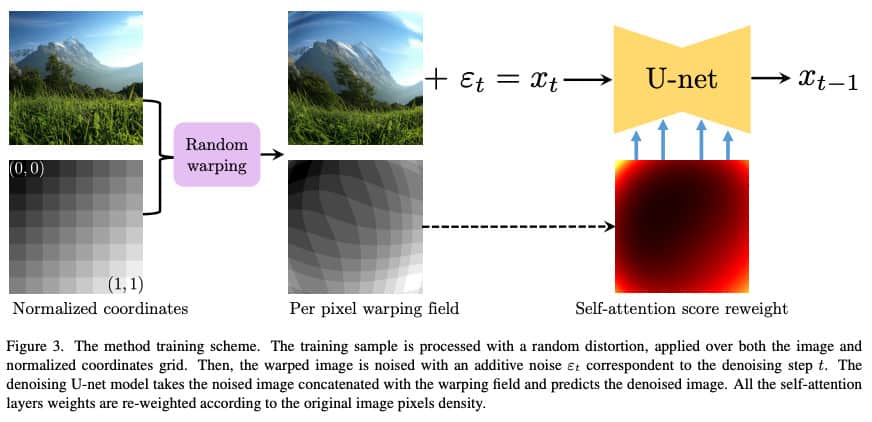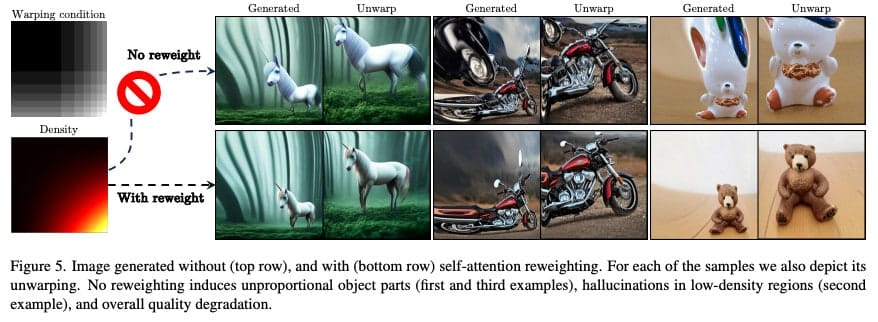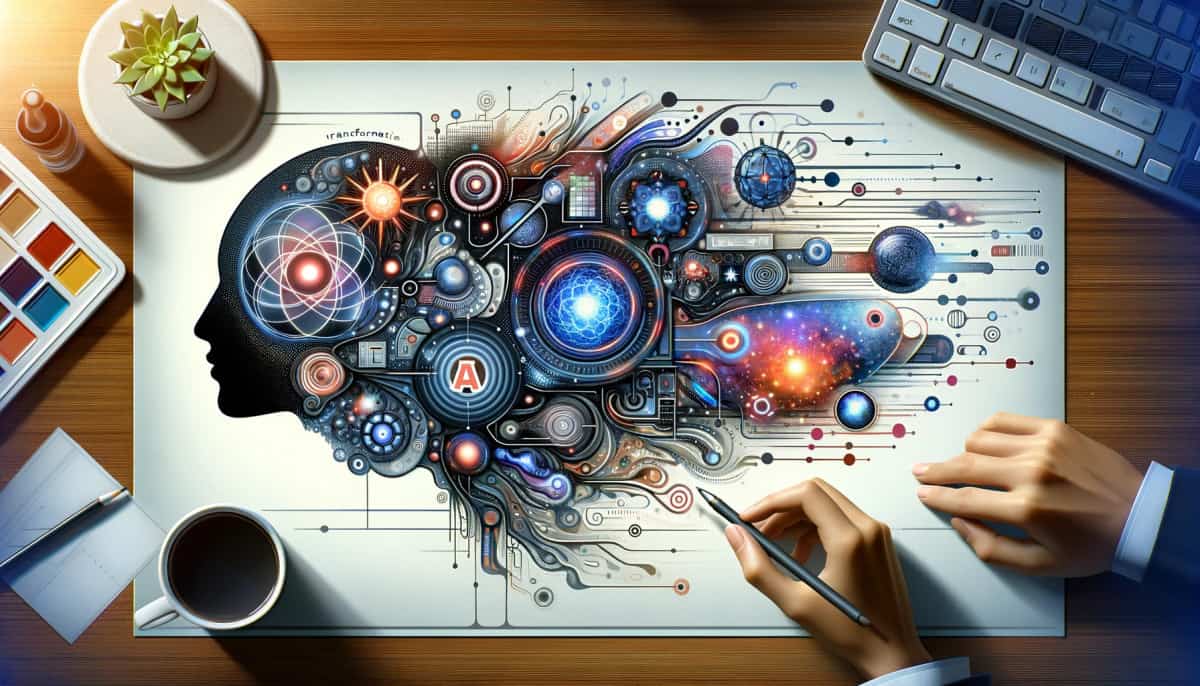
Posted: December 6, 2023 11:13 AM Updated: December 6, 2023 11:14 AM

Correction and fact check date: December 6, 2023, 11:13 AM
briefly
Google Research and Tel Aviv University developed AI that combines text-image diffusion and lens geometry for image rendering.

Google Research, in collaboration with Tel Aviv University, has introduced a new artificial intelligence (AI) framework that combines text-to-image diffusion models with special lens geometries for image rendering.
This integration provides precise control over the rendering geometry, making it easier to create a variety of visual effects, such as fisheye, panoramic views, and spherical texturing, using a single diffusion model.
In a recent research paper, the scientists tackled the task of incorporating various optical controls into a text-to-image diffusion model. This approach included making the model take local lens geometry into account, improving its ability to replicate complex optical effects and produce realistic-looking images.
Instead of simply changing the standard shape of the image, this method allows for virtually any grid warp with per-pixel coordinate adjustments. This innovative approach supports a variety of applications, such as creating panoramic scenes and texturing spheres that convey a sense of realism.
The framework also introduces a rich shape-aware image generation framework with metric tensor conditioning. This gives you additional possibilities to control and modify how the image is created, opening up countless possibilities for creating and refining your drawing.

Precise image creation through text-image diffusion integration
The framework integrates a text-image diffusion model with a specific lens geometry through per-pixel coordinate adjustment. The method involves improving a pre-trained latent diffusion model by leveraging data generated through image distortion with random warping fields.
Token reweighting can be implemented in the self-attention layer to manipulate curvature properties and create various effects such as fisheye and panoramic views. This approach goes beyond fixed resolution in image generation and includes metric tensor tuning for improved control.

A revolution in image manipulation
The framework extends image manipulation capabilities to address problems such as large-scale image generation and self-attention scaling of diffusion models.
Effectively, the framework integrates a text-to-image diffusion model with specific lens geometries, allowing a variety of visual effects such as fisheye, panoramic views, and spherical texturing using a single model. Create realistic, nuanced images with precise control over curvature properties and rendering geometry.
Trained on a significant dataset annotated with text and per-pixel warping fields, the method generates arbitrarily warped images with finely undistorted results closely aligned with the target geometry. It also facilitates the development of spherical panoramas featuring realistic proportions and minimal artifacts.

A recently introduced framework that integrates different lens geometries into image rendering provides improved control over curvature properties and visual effects.
The researchers propose expanding this approach to achieve results comparable to special lenses that capture unique scenes. By considering the potential utilization of more advanced conditioning techniques, the framework envisions improved image generation and expanded functionality.
disclaimer
In accordance with the Trust Project Guidelines, the information provided on these pages is not intended and should not be construed as legal, tax, investment, financial or any other form of advice. It is important to invest only what you can afford to lose and, when in doubt, seek independent financial advice. We recommend that you refer to the Terms of Use and help and support pages provided by the publisher or advertiser for more information. Although MetaversePost is committed to accurate and unbiased reporting, market conditions may change without notice.
About the author
Alisa is a reporter for Metaverse Post. She focuses on everything related to investing, AI, metaverse, and Web3. Alisa holds a degree in Art Business and her expertise lies in the fields of art and technology. She developed a passion for journalism through writing about VCs, notable cryptocurrency projects, and participating in science writing.
more articles

alice davidson

Alisa is a reporter for Metaverse Post. She focuses on everything related to investing, AI, metaverse, and Web3. Alisa holds a degree in Art Business and her expertise lies in the fields of art and technology. She developed a passion for journalism through writing about VCs, notable cryptocurrency projects, and participating in science writing.



